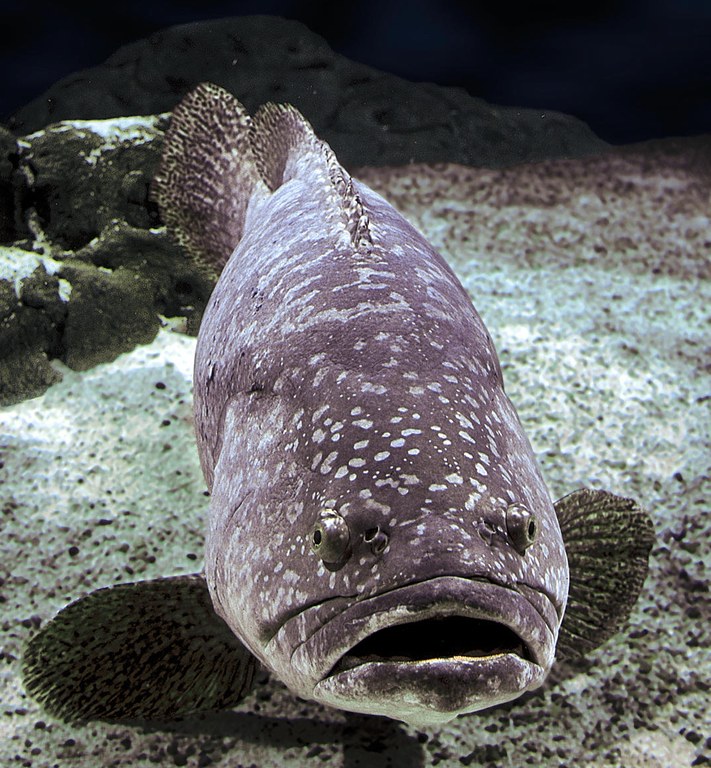Offshore Gulf of Mexico Aquarium
The centerpiece of the educational exhibits, a 50,000-gallon aquarium, allows visitors to view large Gulf of Mexico marine animals. Within Gulf of Mexico waters live many species that can be viewed in Sea Center's Gulf tank, including nurse sharks, large red drum, gray snapper, Atlantic spadefish, and tarpon.
Until recently, the aquarium was dominated by an adopted Texan, a large Queensland grouper named Gordon. The huge fish had been a star attraction at the center since it opened in 1996. He was 23 years old and weighed 327 pounds when he died in the summer of 2008. Gordon is greatly missed by Sea Center visitors and staff. Read more about Gordon.

Several environmental variables affect the composition of the Texas offshore fish community. Water temperature, salinity, and turbidity vary seasonally nearshore but are relatively constant throughout the year in offshore areas. Along the Texas coast, the continental shelf has an average width of 88.5 km and gently slopes out to a depth of about 200 meters. Even at its center, the Gulf lacks the great depths of the Atlantic Ocean. Much of the bottom of the Gulf is composed of mud. The Mississippi, Brazos, Colorado, and other Gulf Coast rivers disperse tons of mud sediment, silt, and clay into the Gulf. Nearshore, the sediments are sandier because of materials from the barrier islands. Offshore mud sediments have a greater clay component. A few shoal areas formed by rocky outcrops and submerged banks can be found, but are uncommon along the Texas coast.